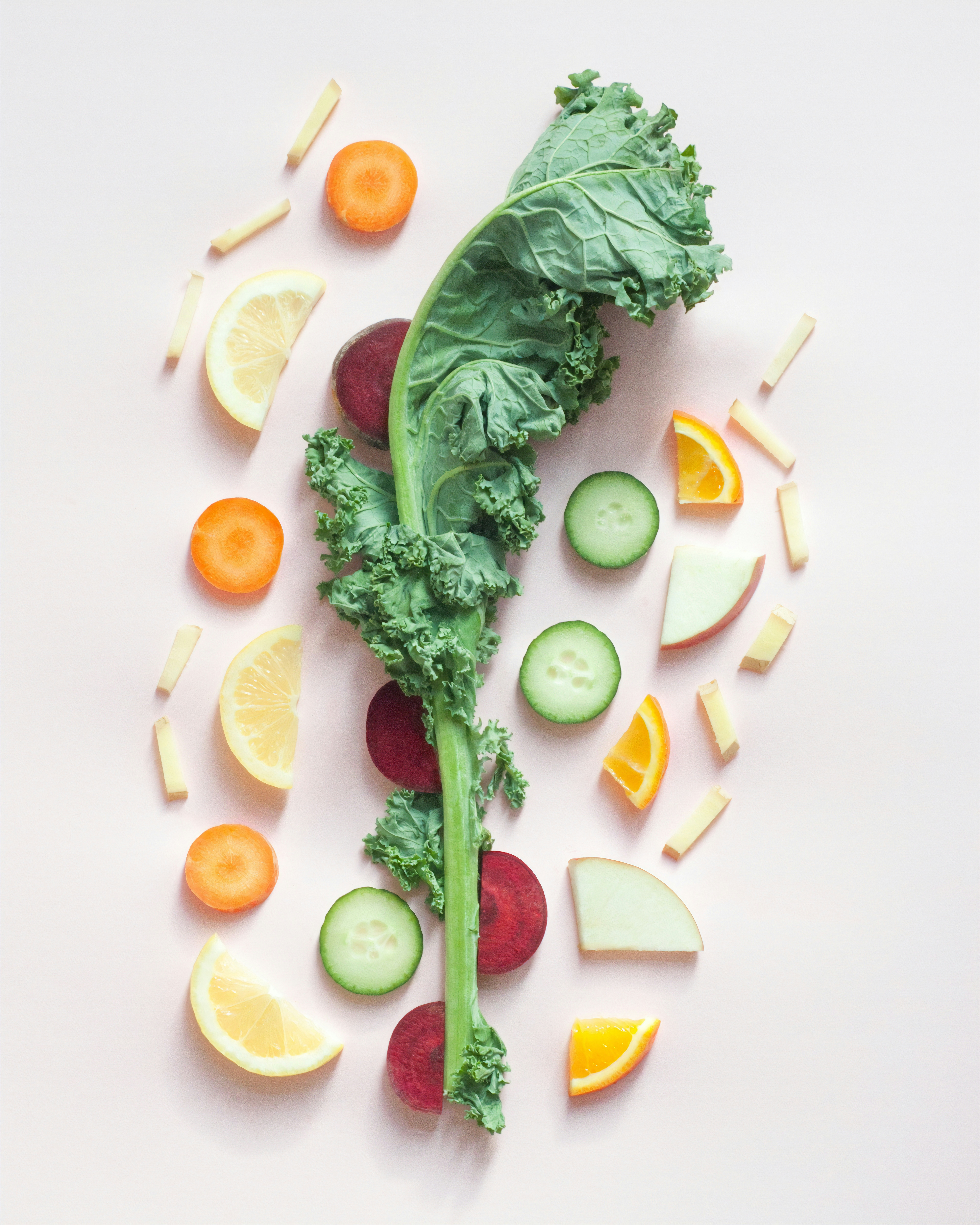Embracing Mindfulness: A Journey to Inner Peace and Better Health
What if I told you that the secret to better health and inner peace could be as simple as taking a few moments each day to just breathe? In today’s fast-paced world, many of us find ourselves sprinting from one commitment to another, often neglecting the very essence of our well-being. It seems we’ve become so adept at multitasking that we’ve forgotten how to simply be. This is where mindfulness comes into play—a practice that’s not just for yogis and meditation enthusiasts, but for anyone seeking a little serenity in their lives.
Understanding Mindfulness
Mindfulness, at its core, is the art of being present. It’s about tuning into the moment, experiencing life as it unfolds, without the incessant chatter of past regrets or future anxieties clouding our judgment. While it sounds deceptively simple, the practice of mindfulness can be quite transformative. It’s like switching on a light in a dimly lit room; suddenly, everything is clearer, more vibrant, and, dare I say, a little less chaotic.
As I delve into this topic, it strikes me that many people associate mindfulness solely with meditation. However, mindfulness extends far beyond sitting cross-legged on a mat. It encompasses various activities—like mindful eating, walking, and even just breathing. The beauty of mindfulness is that it can be adapted to fit anyone’s lifestyle. Whether you’re a busy professional, a parent juggling a million tasks, or a student navigating the pressures of academia, mindfulness can be a helpful ally.
The Science Behind Mindfulness
Research supports the benefits of mindfulness, and it’s not just anecdotal. A significant number of studies have shown that practicing mindfulness can lead to reduced stress, enhanced emotional regulation, and improved overall well-being. For instance, a meta-analysis published in the journal Psychological Bulletin found that mindfulness meditation can significantly reduce symptoms of anxiety and depression.
Dr. Jon Kabat-Zinn, a pioneer in mindfulness research, once said, “Mindfulness means paying attention in a particular way: on purpose, in the present moment, and non-judgmentally.” This approach can lead to a profound shift in how we perceive our thoughts and emotions. Instead of being overwhelmed by a flood of worries, mindfulness allows us to observe these thoughts as they come and go, reducing their power over us.
The Health Benefits of Mindfulness
Let’s get a bit more specific about how mindfulness can foster better health. Here are some of the key areas where mindfulness can make a difference:
- Stress Reduction: Mindfulness practices have been shown to lower levels of cortisol, the stress hormone, in the body.
- Improved Focus: Regular mindfulness practice can enhance your ability to concentrate and stay on task, which can be particularly beneficial in today’s distraction-filled environment.
- Better Sleep: By quieting the mind, mindfulness can help improve sleep quality—a crucial component of overall health.
- Emotional Well-Being: Mindfulness fosters a greater awareness of emotions, leading to improved emotional regulation and resilience.
- Physical Health: Some studies suggest that mindfulness can lead to lower blood pressure, improved immune function, and decreased chronic pain.
But enough of the dry statistics—let’s get into some real-world examples. I remember speaking with a friend who was dealing with chronic stress from work. After just a few weeks of incorporating mindfulness into her daily routine, she reported feeling more in control and less overwhelmed. “I never realized how much my mind was racing until I started to actually pay attention,” she told me, a hint of disbelief in her voice.
Starting Your Mindfulness Journey
Embarking on a journey toward mindfulness doesn’t require a complete lifestyle overhaul. Rather, it’s about integrating small practices into your daily routine. Here’s a simple roadmap to get you started:
1. Begin with Your Breath
One of the easiest ways to cultivate mindfulness is to focus on your breath. Find a comfortable seated position, close your eyes if you’re comfortable, and take a deep breath in through your nose, feeling your abdomen expand. Hold it for a moment, and then exhale slowly through your mouth. Aim to do this for just a few minutes each day. (I promise, it’s way more refreshing than scrolling through your phone!)
2. Mindful Eating
Next time you sit down for a meal, try to eat without distractions—no phones, television, or reading material. Pay attention to the flavors, textures, and aromas of your food. It might feel a bit odd at first (I mean, we’re all used to multitasking, right?), but it can transform your relationship with food and help you appreciate every bite.
3. Take Mindful Walks
Walking can be an excellent way to practice mindfulness. Instead of zoning out during your stroll, focus on the sensations in your body—the feel of your feet hitting the ground, the rhythm of your breath, and even the sounds of nature around you. This is often a surprising way to reconnect with your surroundings.
4. Set Aside Time for Meditation
While meditation may seem intimidating, it can be quite simple. Start with just five minutes a day, gradually increasing the duration as you feel more comfortable. There are numerous apps available—like Headspace or Calm—that can guide you through the process. Trust me, you don’t need to be a Zen master to reap the benefits.
Challenges and Misconceptions
As with any journey, there will be challenges along the way. One common misconception is that mindfulness means emptying your mind of all thoughts. Spoiler alert: that’s nearly impossible! Instead, the goal is to acknowledge your thoughts without judgment and let them pass like clouds in the sky.
Another hurdle many face is the idea that mindfulness takes too much time. In our busy lives, carving out moments for mindfulness can feel like yet another task on our never-ending to-do list. But the beauty of mindfulness is that it doesn’t require hours; even a few minutes can yield significant benefits. (It’s like fitting in a workout during a lunch break—every little bit counts!)
Real-Life Success Stories
To illustrate the transformative power of mindfulness, let’s delve into a couple of inspiring stories. Take, for example, Sarah, a 33-year-old teacher who struggled with anxiety for years. After attending a mindfulness workshop, she began incorporating meditation into her daily routine. “It was like lifting a fog,” she shared. “I could finally see my thoughts for what they are—just thoughts. They don’t have to control me.”
Then there’s David, a corporate executive who often found himself overwhelmed by the demands of his job. After discovering mindfulness, he implemented short meditation breaks throughout his day. “I used to think I didn’t have time for mindfulness,” he reflected. “But now, I can’t afford not to do it. It helps me think clearly and make better decisions.”
Mindfulness in the Workplace
Speaking of work, mindfulness is gaining traction in corporate environments as well. Companies are beginning to recognize the importance of employee well-being and its impact on productivity. Large organizations like Google and Apple have introduced mindfulness programs, offering employees tools to reduce stress and enhance focus.
But it’s not just the big players; small businesses are also getting in on the action. One local startup I visited recently implemented a “mindful minute” at the beginning of meetings, allowing team members to take a moment to breathe and center themselves before diving into the agenda. It’s a small change, but the results were palpable—everyone seemed more engaged and focused.
Mindfulness and Mental Health
Mental health is another area where mindfulness demonstrates significant promise. Therapists often incorporate mindfulness techniques into their practice, recognizing its potential to help clients manage anxiety and depression. Some studies have found that mindfulness-based cognitive therapy can be as effective as traditional medication for managing these conditions.
Consider this: when we cultivate mindfulness, we’re not just learning to cope with our current emotions; we’re also building resilience for the future. As one therapist eloquently stated, “Mindfulness is not about avoiding difficult feelings; it’s about learning to dance with them.”
Integrating Mindfulness into Daily Life
So, how can you seamlessly weave mindfulness into the fabric of your daily life? Here are a few practical tips:
- Set Reminders: Use your phone to set reminders for short mindfulness breaks throughout the day.
- Create a Mindfulness Space: Designate a quiet area in your home for mindfulness practice—a comfortable chair, a cozy corner, or even a spot in the garden.
- Involve Others: Share your mindfulness journey with friends or family. Consider starting a mindfulness group where you can practice together.
- Be Patient: Remember that mindfulness is a skill that takes time to develop. Be patient with yourself as you explore this new terrain.
The Road Ahead
As we journey through life, embracing mindfulness can be a powerful tool for fostering inner peace and better health. While the path may not always be smooth (sometimes it feels like navigating a rocky road), the rewards are well worth the effort. It’s about finding joy in the little moments, whether it’s savoring a cup of coffee, enjoying the laughter of a loved one, or simply taking a deep breath in the middle of a hectic day.
In closing, I encourage you to take that first step—perhaps it’s as simple as pausing for a moment to appreciate the world around you. Mindfulness isn’t about perfection; it’s about progress. So, let’s embark on this journey together—one mindful moment at a time.
And remember, if you ever find yourself feeling overwhelmed again, just breathe. You’ve got this.






